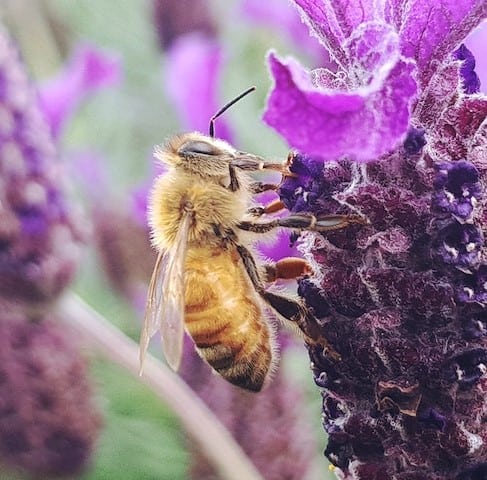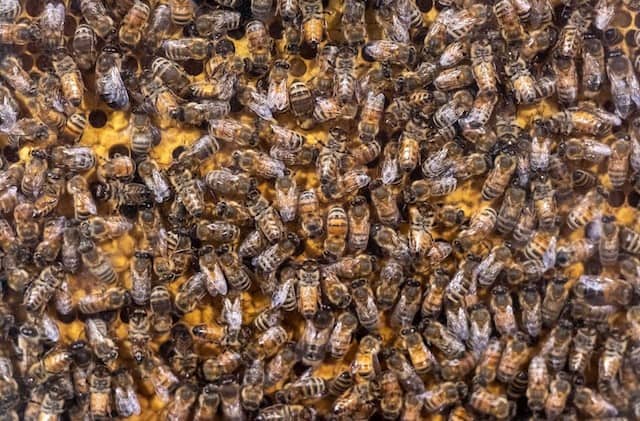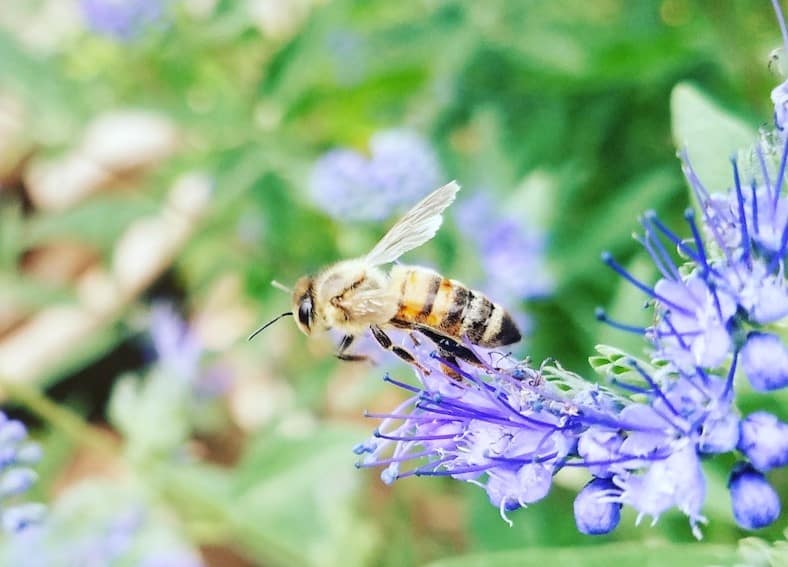Key takeaways of the study:
- The research was published in the journal NaturePrecision Oncology.
- It found honeybee venom was effective in killing breast cancer cells.
- Researchers say the discovery is exciting, but there is a long way to go.
Honey bee venom found to rapidly kill aggressive and hard-to-treat breast cancer cells, finds new Australian research.
The study also found that when the main component of the bee venom was combined with existing chemotherapy drugs, it was extremely efficient at reducing tumor growth in mice.

Recent Australian research found that honeybee venom and its active component, melittin, effectively reduces the viability of breast cancer cells. However, bumblebee venom did not have the same effect.
Honeybees are such lovely beings. They provide us with various bee products that we use at home and even for their medicinal properties. From honeybees, we get honey, propolis, wax, and venom.
Over the years, researchers have tried to understand what nature has in store for us.
They conduct continuous studies to understand the benefits of bees and bee venom.
With statistics showing that breast cancer is the second most common cancer worldwide, more study has been focused, especially in the field of cancer.
The Study on Honeybee Venom and Melittin
Researchers seek to find what other benefits we can derive from bees and their venom.
For some time, honey bee venom has been under laboratory and clinical research for its potential properties in the pharmaceutical industry. Specifically, studies were conducted on its possible use for the treatment of rheumatoid arthritis and its use as immunotherapy against allergies from insect bites.
However, there was no conclusive data showing the potency of honeybee venom as an anticancer agent yet. In fact, there were no records at all of how honeybee venom or melittin affects the different subtypes of breast cancer and normal cells.
Dr. Ciara Duffy conducted the research as part of her Ph.D. undertaken at Perth’s Harry Perkins Institute of Medical Research. Subsequently, the study was published in the journal NJP Nature Precision Oncology.
Dr. Duffy gathered venom from honeybees and bumblebees in Perth, Western Australia, Ireland, and England. She then examined how venom affected subtypes of breast cancer. She included in the test triple-negative breast cancer (known to have limited treatment).
The research “tested honeybee venom on normal breast cells, and cells from the clinical subtypes of breast cancer: hormone receptor-positive, HER2-enriched, and triple-negative breast cancer.”

Final Thoughts
The research presented the venom of honeybees to potentially kill cancer cells, especially breast cancer cells. And it does so without any harmful effect on other healthy cells in the body. However, Dr. Duffy found that “bumblebee venom was unable to induce cell death even at very high concentrations.”
The research also showed that when melittin is administered, the effectiveness of docetaxel in reducing breast tumor growth is enhanced.
Dr. Duffy found that this active component of honeybee venom can completely destroy cancer cell membranes within an hour.
But surprisingly, “We found both honeybee venom and melittin significantly, selectively and rapidly reduced the viability of triple-negative breast cancer and HER2-enriched breast cancer cells. The venom was extremely potent,” Dr. Duffy concluded.
Aren’t bees simply amazing?

How do you get the venom?